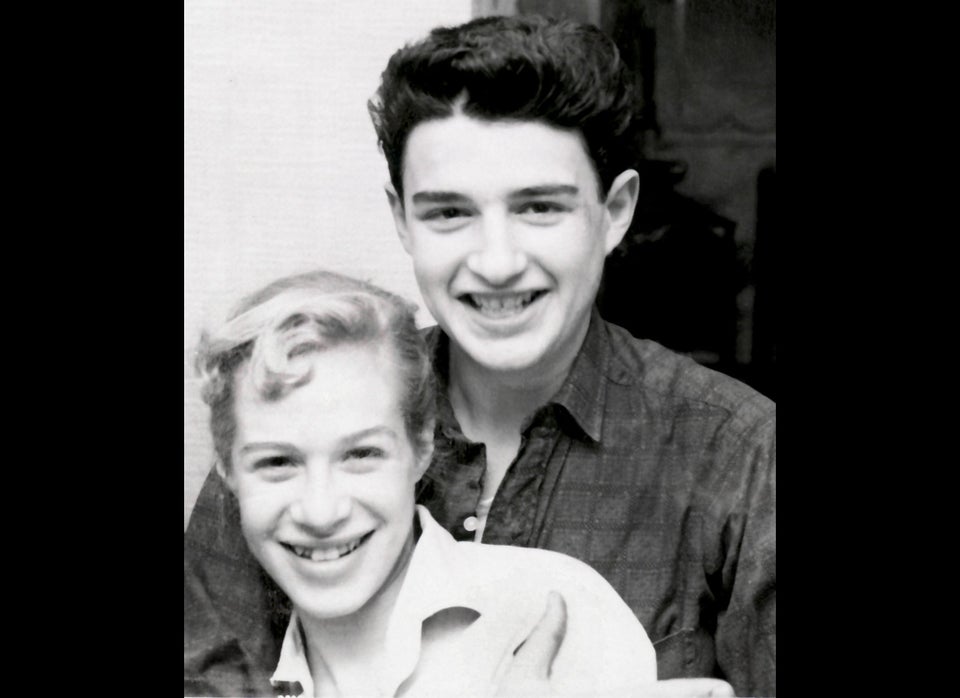I just finished eight days of watching grandchildren, three of which included having their Grandpa E along for the fun. Watching young children may present a few challenges for those who don't have this pleasure on a daily basis, but the positives of such a situation outweigh the negatives, by far. And, as one who is accustomed to practicing mindfulness, it is amazing how these young children so easily live many of the practices Dr. Jon Kabat-Zinn, creator of Mindfulness-Based Stress Reduction (MBSR) at U Mass, called the Pillars of Mindfulness in his book Full Catastrophe Living.
BEGINNER'S MIND -- These children saw each experience as a new adventure and were able to experience the richness of the present moments and not take any event for granted. Once, their play involved a beetle they saw crawling along its merry way and each moment proved to be unique. Just as an open beginner's mind helps us be receptive to new possibilities and prevents us from getting stuck, it allowed the children to expand their thinking as they tried to imagine the beetle's experiences from moment to moment.
TRUST -- The children were able to extend beliefs of trust from one adult to the next, as caregivers changed along the way, as well as trust in themselves. A 3-year-old had the confidence that he was able to do what was asked of him when an adult fell sick, and had trust to believe that the adult sending him on a mission knew that of which he was capable. This child had also developed trust in himself and his abilities and feelings ... such an integral part of a mindfulness practice. He wasn't looking at what wasn't acceptable by the standards or norms of society; he simply believed in his abilities to succeed.
ACCEPTANCE -- The children saw things as they were in each present moment; again, an important part of mindfulness. They didn't typically waste time or energy on trying to deny or resist or force things to be the way they wanted, but I must admit that this is where some moments began to fall apart. Mommy does it this way, or Daddy says ... were common refrains. And the grandparent in charge was the one offering reminders that this moment, now, was the only time they had to accept ... until mommy or daddy arrived to say otherwise. They didn't have to like it or be passive, but they did have to be willing to see things as they were.
PATIENCE -- This concept became a big part of the daily experience as we all had to understand and accept that, sometimes, things must unfold by themselves. Whether from the viewpoint of an adult or child, patience was a necessity in adjusting to the habits of one another. And, just like with a wandering mind that seemed to "have a mind of its own", we each had to kindly and lovingly explain, and train, the other to be patient as we learned new practices.
NON-JUDGING -- It is common to find that judgment is a major part of our lives when we become mindful. By being aware of the automatic judgments we make, we can begin to free ourselves of their effects. With mindfulness, we simply observe our judgment and practice letting it go. This non-judging was essential throughout the days together. Nothing was a matter of being a good or bad practice; it was simply the current reality.
NON-STRIVING -- Meditation is about "non-doing" instead of doing. When you sit to meditate, you try to have no goal in mind. If you meditate with the intent of relaxation, pain control, or enlightenment, it can only bring more tension. Why am I not getting what I seek? This was a concept seen more often by a younger child than the older. That little one was striving to put blocks together, paint a certain way with a brush, or glue objects down on the paper; and, just like those striving for particular goals when meditating, she did become more and more frustrated. And, again, kindness and understanding were called for to relieve the frustration.
LETTING GO -- Our minds want to hold onto ideas. In meditation, we let go by coming back to the type of mindfulness that we are practicing. Mindful listening, mindful breathing, a body scan. Whatever it is that brings you to a peaceful and calm state.
What brings us to a place of peace and calm?
For my grandkids, it was cuddling during story time. For me, it was the peace and calm of listening to their breathing in tandem with mine.
Gifts of life ... and what might yours be?
Earlier on Huff/Post50:

